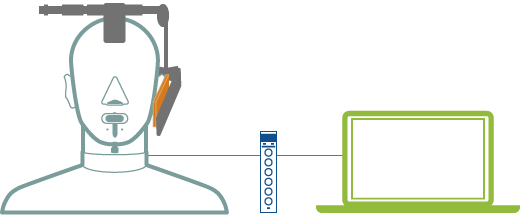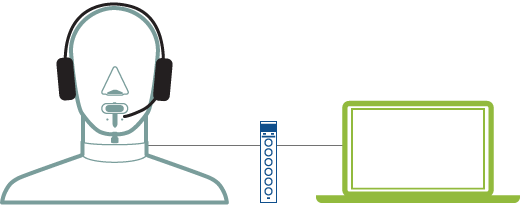
Telephone headset and handset testing
The acoustic performance of telephones, whether they are mobile devices or corded phones, is key to both end-user acceptance and compliance with international and national standards.
Users demand high voice-quality in all situations, so the acoustic perception of a device is critical. Acoustic performance is particularly significant for mobile phones, where conversations can take place almost anywhere, from a quiet office to a noisy street or a busy call centre.
Both corded and cell phones alike need advanced acoustic and electronic signal processing combined with superior design and compact size. The strict testing regimes go right through the development and production processes of telephones. With every design change in a phone, R&D needs to assess the impact on the acoustic performance. Finished designs must go through voice testing to ensure quality and intelligibility and live up to national and international standards, including 3GPP TS.26.132, 3GPP2 C.S0056, YD/T 1538, CES-Q003-2, CMCC, ITU-T P.862 (PESQ) and ITU-T P.863 (POLQA). Once in production, quality assurance, sample testing and validation are conducted on an ongoing basis and all components go through rigorous incoming inspection.
System suggestion

Using a Brüel & Kjær Head and Torso Simulator (HATS) with ear and mouth simulators connected to our telephone testing software, it is possible to evaluate headsets and handsets in situ on a range of acoustic performance parameters. Parameters include signal reception and transmission, acoustic side tones and background noise characteristics, giving you realistic measurements of the telephone performance.

Iscriviti alla nostra Newsletter e ricevi le informazioni più recenti dal mondo del suoni e delle vibrazioni









